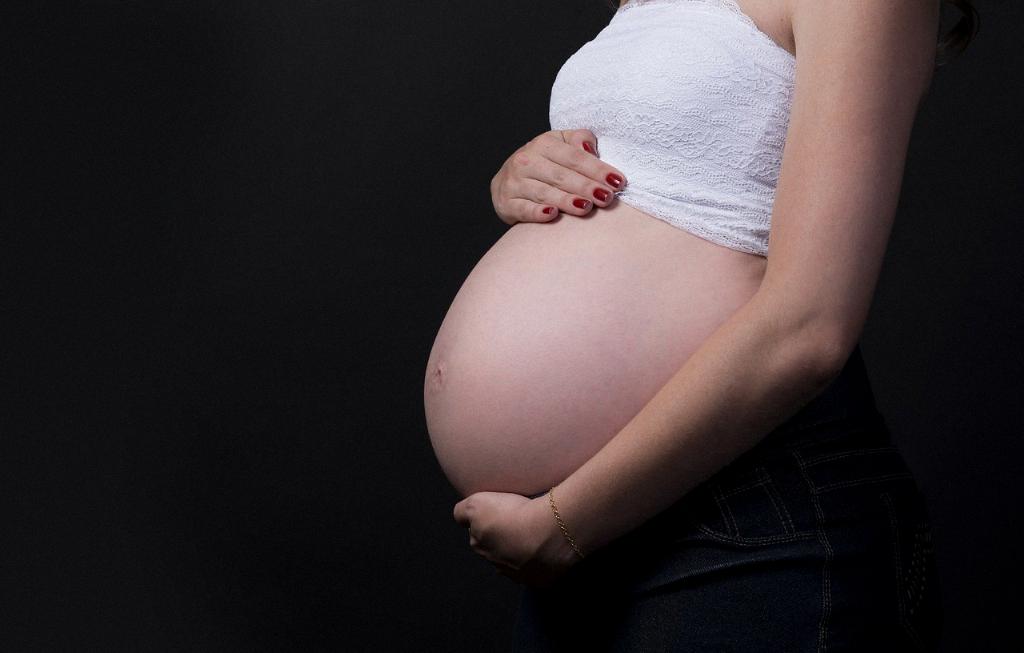Gestational edema, or swelling during pregnancy, is a common concern for many expecting mothers. This condition, characterized by excess fluid retention and swelling in the body, particularly in the feet, ankles, and hands, is often a result of the increased blood volume and pressure on the blood vessels as the pregnancy progresses.
When it comes to treating gestational edema, there are several methods that can help alleviate the swelling and discomfort associated with this condition. While physiologic edema is usually benign and resolves on its own after giving birth, there are steps you can take to manage and reduce the symptoms during pregnancy.
One effective way to treat gestational edema is by adjusting your posture and ensuring proper circulation. Lying in the left lateral decubitus position, which means lying on your left side with your legs slightly elevated, can help reduce swelling by improving blood flow to the heart and kidneys.
In addition to positioning, elevating the lower extremities can also aid in reducing edema. By propping up your feet and legs while sitting or lying down, you can help the excess fluid drain from the affected areas and alleviate the swelling.
Compression stockings can also be beneficial in managing gestational edema. These specially designed stockings apply gentle pressure to the legs, promoting circulation and preventing fluid buildup in the lower extremities.
Furthermore, wearing loose clothing that does not constrict or restrict blood flow is crucial in managing gestational edema. Tight clothing, especially around the waist, can impede circulation and exacerbate swelling, so opt for comfortable and breathable garments that allow for proper blood flow.
Staying hydrated is another essential aspect of edema treatment during pregnancy. Drinking an adequate amount of water can help flush out excess fluids and reduce swelling. Aim to drink plenty of water throughout the day to support healthy kidney function and fluid balance in the body.
Incorporating regular physical activity into your routine can also aid in reducing edema symptoms. Gentle exercises like walking, swimming, or prenatal yoga can help improve circulation, reduce fluid retention, and alleviate swelling in the extremities.
Additionally, avoiding long periods of standing or sitting can help prevent fluid buildup and reduce the risk of developing edema. Take breaks to move around, stretch your legs, and change positions frequently to promote blood flow and circulation.
When it comes to nutrition, consuming a well-balanced diet rich in fruits, vegetables, and whole grains can support overall health and reduce the risk of edema. Avoiding excessive salt intake and opting for foods with natural diuretic properties, such as watermelon, celery, and cucumbers, can help reduce fluid retention.
If you experience persistent or severe edema during pregnancy, it is essential to consult with your healthcare provider. They can evaluate your condition, rule out any underlying medical issues, and provide personalized recommendations for managing and treating gestational edema effectively.
Overall, while gestational edema is a common occurrence during pregnancy, taking proactive steps to manage the symptoms can help alleviate discomfort and promote a healthy pregnancy. By incorporating lifestyle changes, such as proper posture, hydration, compression therapy, and regular exercise, you can effectively treat and reduce swelling associated with gestational edema.

